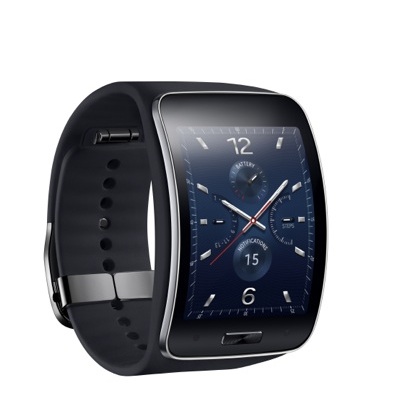
Apple once led the way in mobile devices, leaving those scurvy pirates of the Android world to imitate, innovate, and fill in the niches that Apple neglected. Unlike the iPhone and iPad, however, the Apple Watch announced this week appears to be following more than leading.
Despite its high $349 price, the Apple Watch will no doubt be a strong seller, at least as smartwatches go, and will almost certainly lead the pack in its first year. But it’s not shipping until early 2015, at which point several vendors building smartwatches with Android Wear and Tizen will be on their second or third generation. By then, vendors will also start shipping watches and other wearables incorporating the Yocto Linux and Intel Atom-based Edison module that was also released this week.
Most agree that the Apple Watch is nicely designed, but that was almost a given. The build quality appears to be top-notch, and Apple wisely broke from tradition and announced two different sizes and a variety of colors and watch-band styles. Yet, from a distance it looks much like any other smartwatch, with a prettier face than most, but with a typically chunky form-factor.
The Apple Watch also seems to act much like a typical smartwatch, too. Like Android Wear models, it’s primarily intended as a wireless fitness and notifications accessory to a phone. Just in time, too — the larger size of the new iPhone 6 models suggests that like the latest Android phablets they may remain in pockets and purses while users are on the run.
Like Samsung, Apple has made its smartwatches compatible only with its own mobile devices. Considering the greater corporate devotion of the Apple customers, this makes a lot more sense than it does with Samsung.
The most innovative feature of the Apple Watch appears to be its scrolling, side-mounted “digital crown” control, which offers an interesting solution to the smartwatch touchscreen problem. However, the long-term success of all these watches may come down to how Siri and Google Now progress as voice interfaces. The newly announced  Apple Pay transaction system could boost the watch’s sales, too, although the lack of success of Google Wallet and similar services does not bode well.
Apple Pay transaction system could boost the watch’s sales, too, although the lack of success of Google Wallet and similar services does not bode well.
On the down side, Apple did not disclose battery life, which suggests it’s nothing to crow about. And judging from this Engadget hands-on, the watch will offer water resistance, but not the IP65-and-up water proofing found on most of the latest Android and Tizen models.
Android and Tizen Offer More Features
It’s too early to fully judge the Apple Watch. A number of tech details have yet to be revealed, and while the UI looks to be the usual solid Apple effort, most of the interface has yet to be unveiled. Still, aside from the crown, it’s hard to get excited about the device unless you’re already wedded to all things Apple.
Meanwhile, the recent Android and Tizen watches, while still far from perfection, offer a number of new features. Motorola’s newly shipping Moto 360 Android Wear watch has innovated with a round screen, a form-factor that is also being used in LG’s second Android Wear effort, the G Watch R. The new Tizen Linux-based Samsung Gear S not only offers a curved screen with relatively high resolution, but provides more autonomous features than most smartwatches, including built-in 3G, WiFi, and GPS. The new Asus ZenWatch has a slighter curve to the screen, but it’s just enough to give it a fashion edge over most of its fellow Android Wear watches.
Most of these watches are already on their second generation, or, as with the quad-core Sony Smartwatch 3, their third. Thanks to the tougher competition in the Android realm, we can expect to see many more innovations by the time the iFaithful queue up in early 2015.
By late 2015 or 2016, when Apple offers its second generation Apple Watch, perhaps adding a round or curved screen, and promising better battery life, the Android and Linux ecosystem should already be ticking and tocking toward smartwatch domination.


